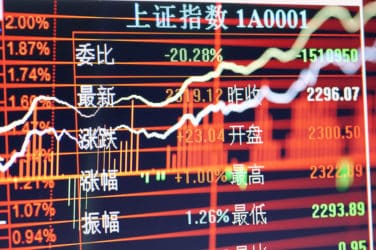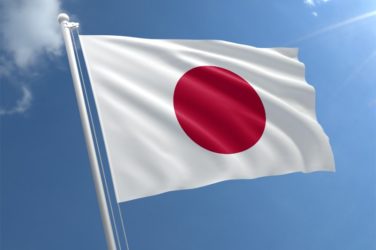
High-frequency trading continues to divide the opinion of market participants, as another regulator, this time from Asia, looks to crack down on the algorithmic trading practice.
Longer-term institutional investors, who operate on behalf of large clients, such as pension funds and life insurance companies, and are less reliant on speed, take a dim view of ultra-fast traders as they leave long-only investors having to pay more for their stocks or earn less on sales due to the presence of this high-speed order flow.
Regulators are also concerned that markets are being manipulated by such strategies and high-frequency traders have been blamed, in some quarters, for the U.S. ‘flash crash’ of May 2010 when the Dow Jones Industrial Average index plunged 1,000 points, almost 9%, only to recover within minutes.
Automated trading has grown rapidly in recent years as equity markets have fragmented across multiple venues and proponents of high-frequency trading say that more liquidity is being pumped into these venues, benefiting all investors.
Hong Kong’s Securities and Futures Commission (SFC) this week announced that it will be holding a two-month consultation on “proposals to enhance the regulatory framework for electronic trading, which includes internet trading, direct market access (DMA) and algorithmic trading”. It is a sign that Asian regulators are beginning to move into line with their counterparts in the U.S. and Europe, who are already examining the practice. The Singapore Exchange has also recently strengthened its pre-trade risk controls governing DMA to its equity and derivatives markets.
It is thought that micro-second transactions now account for some 70% of daily volumes in the U.S., while that figure is around 40% in Europe and less again in Asia.
“The proposed framework aims to strike a balance between facilitating market developments and maintaining market integrity,” said Ashley Alder, chief executive of the SFC. “To manage risks arising from the use of sophisticated trading technology and practices, the industry must have appropriate controls in place when conducting electronic trading business.”
Key elements of the SFC proposals include a general requirements on all forms of electronic trading in respect of responsibility for orders, management and supervision, adequacy of system and record keeping; specific requirements on the provision of internet trading and DMA services, in particular, requiring that an intermediary put in place effective risk management and supervisory controls to monitor orders, including automated pre-trade controls and regular post-trade monitoring; and specific requirements on algorithmic trading related to testing of the algorithmic trading system and trading algorithms, user qualification and risk management controls.
“High-frequency trading is an existing part of the market and market structure that we live in today,” a market source, based in London, told Markets Media. “It’s a natural evolution of market making and prop trading in a highly automated environment.
“Having said that, for certain market participants it adds value and for others it doesn’t. It’s all about what you would consider useful liquidity. You need to differentiate between liquidity and volume. Volume is the number of principal trades that runs through the market. Liquidity is someone that gives me the other side of the trade so that I can implement my investment decision.
“HFT firms trade in very small sizes but extremely quickly and in an automated fashion. So for institutions in general it is not always seen as meaningful liquidity because it can lead to information leakages and so forth. But for retail investors and people who trade in a smaller size, to a lesser extent they suffer that issue but for them it can be meaningful liquidity. So, for certain participants and certain scenarios it offers value but for others and other scenarios it doesn’t.”
Some European exchanges, such as Oslo Børs and Borsa Italiana, are introducing measures to penalize high-frequency traders by imposing fees on members that cancel a high proportion of their orders.
While a recent study by trading technology provider Pragma Securities has revealed that institutional investors may be paying more for blue-chip U.S. stocks than they would have otherwise. These most heavily traded stocks are popular with HFT firms looking to make a quick profit, but longer-term investors have trouble buying and selling these shares, the report says, which leads to higher execution costs.
“Although volume and liquidity are often thought of as synonymous, the large number of shares typically posted on the book of very high volume stocks makes it difficult to gain priority and get executed with limit orders,” the report said. “In the race to stay close to a benchmark and avoid adverse selection, traders must get more aggressive to escape the crowded book of competing quotes, and suffer the consequences in worse shortfall.”
Technological advancements in recent years have also aided the rise of algorithmic practices, bringing new sources of risks to the markets.
“Market manipulation is not only morally reprehensible, but also carries a hefty price tag for the market, in particular for those that are providers of liquidity,” said Remco Lenterman, chairman of the FIA European Principal Traders Association, a Brussels-based lobbyist which represents firms that trade their own capital on European exchange-traded markets such as Knight Capital, Optiver, Getco, Citadel Securities and Quantlab Financial.




